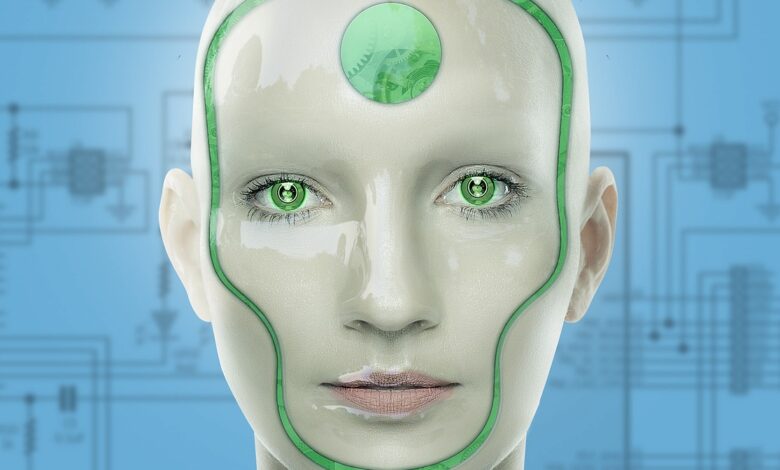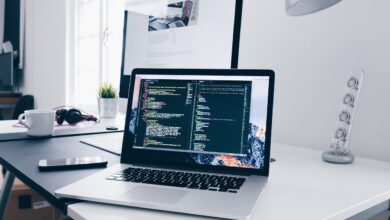Cybersecurity in the Digital Age: Data and Privacy Security

Technology has become part of our daily lives and through the interconnectivity of devices, networking, and computers, security has become an essential aspect. Whether it is about personal details or financial records, the present world offers a great deal of convenience unfortunately coupled with the higher risk of cyber attacks. Timely protection of your data and privacy is critical in preserving your persona both in your personal and working life. Here is more about the need to secure our information, the general dangers, and measures you can employ to increase your security measures.
1. The Importance of Cybersecurity
Cybersecurity can be defined as the process of protecting organizations’ information systems from cyber threats. Such attacks can be in many styles such as hacking, phishing, malware, and ransomware among others. Sanctions of a cyber attack include and not limited to financial impact, Theft of identity, and tarnishing of reputation.
Technology in the twenty-first century has brought changes that have seen many people store matters relating to their person or that are sensitive in computers. This means practically all accounts ranging from social media, email, banking, and hospital accounts. Protection of this data is very important as a way of safeguarding individuals’ privacy and preventing any incline by third parties.
2. Common Cyber Threats
Thus, it is crucial to learn about the frequent threats that organizations face in cyberspace. Here are some of the most prevalent threats: Here are some of the most prevalent threats:
Phishing: Phishing attacks entail misleading people into divulging personal details including passwords or credit card details in this case the attackers pretend to be bona fide entities. They are normally in the form of a lady or gentleman’s fake emails and messages.
Malware: Malware broadly refers to any unwanted software that is intended to cause harm to the devices and the networks. This is viruses, worms, trojans, and spyware. Malware can cause loss of data, harm the systems, and pose a threat to the normal functioning of the business.
Ransomware: Ransomware is a specific kind of virus that would take control of a victim’s files and data and in exchange for the decryption key, which will unlock the files, the attacker will request money for it. These attacks can severely paralyze businesses and individuals since they are locked out of their data.
Hacking: Cybercrime is a process that entails the unauthorized use of other people’s computers and/or networks. Malicious users can take advantage of the open flaws to pilfer information, interfere with the systems’ functionality, or negatively impact them.
Social Engineering: Through social engineering, one tricks others into divulging some information or performing certain acts that are unsafe. This can include impersonation whereby you pretend to be someone else, whereby you pretend to be in a certain situation that you are not in, and baiting whereby you use false information to lure the target.

3. Practical Directions of the IoT Industry and the Importance of Protecting Your Data and Privacy
Of course, all the threats are more or less real, but there is a way how to defend your valuable information and personal data in the era of the Internet. Here are some essential cybersecurity practices: Here are some essential cybersecurity practices:
Use Strong Passwords: Use sufficiently complicated passwords that contain alphabets, numbers, and symbols. Do not use plain and easily identifiable things like names of relations, dates of birth, and names of pets or common words. Using a password manager to generate good passwords that are also complex and safely stored could be of help.
Enable Two-Factor Authentication (2FA): Two-factor authentication provides an additional safeguard in the form of another identification such as a code entered from the phone, or a passcode for the account’s password. Make 2FA enabled on all accounts that are applicable for it.
Keep Software Updated: This is the possible way to minimize known vulnerabilities of the operating system, applications, and antivirus by updating them frequently. Creates output that are software updates that may have fixes for the assumed threats.
Be Cautious with Emails and Links: Avoid emails as they can be corrupt and contain links that can harm your computer and emails requesting your personal information. Do not trust the sender and click on the links or download attachments before being certain that the sender is genuine.
Use Secure Connections: For all the information that you wish to protect and which is contained on the internet, make sure that when you access the website, it uses the letters https to mean that it is a secure website. Do not engage in banking or other transactions, as well as use personal accounts that contain strict or otherwise private information on public Wi-Fi networks.
Backup Your Data: One of the proactive things that you should ensure is to transfer your important data to an external hard disk or cloud service at least once a week. As seen in the case of ransomware attacks or data loss and corruption, there is assurance that one can continue and retrieve information from the backup without necessarily making a payment.
Educate Yourself and Others: Current threats and measures taken by novice users and experts on the topic. Inform your relatives, friends, and co-workers about cybersecurity and how they could be on the lookout for probable threats.
4. This paper examines the part played by organizations and governments.
Although personal actions are important to cybersecurity, businesses, and local and national governments also must guard data and personal information. To maintain customer information, Business organizations are required to deploy measures like firewalls, encryption, and intrusion tools. The first is perpetration, while the second is detection through security audits and timely training of employees can assist in the avoidance of such gaps.
Governments also have a critical role in developing policies and guidelines that provide a measure of protection for citizens’ information. Various laws regulate data protection and privacy including the one from the European Union called the General Data Protection Regulation (GDPR) and the one from the United States of America known as the California Consumer Privacy Act (CCPA). These regulations make sure that the organizations are taking personal data in the right manner and also in a very transparent manner.
5. The Future of Cybersecurity
This means that with the improving technology, so also do the new threats that we have to put up with. IoT, AI, and cloud computing brought new threats and opportunities for improving the situation with cybersecurity. Cyber defenses of the enormous interconnective web of systems and objects, and defense of artificial intelligence systems will be paramount in the future years.
New technologies like machine learning and Blockchain hold the solutions to new cyber threats. Real-time analysis is possible with the help of digital algorithms, and the attacks can be identified easily; equally, the use of the blockchain for data transactions ensures security and transparency.
That is why cybersecurity has become one of the most critical topics in the contemporary digital environment. Ensuring the safety of your information and maintaining one’s confidentiality cannot be considered passive processes or the absence of initiatives. Thus, the role of the security team is to ensure they are always updated with the latest trends, have effective protection measures in place, and create awareness among the users of the organization.



